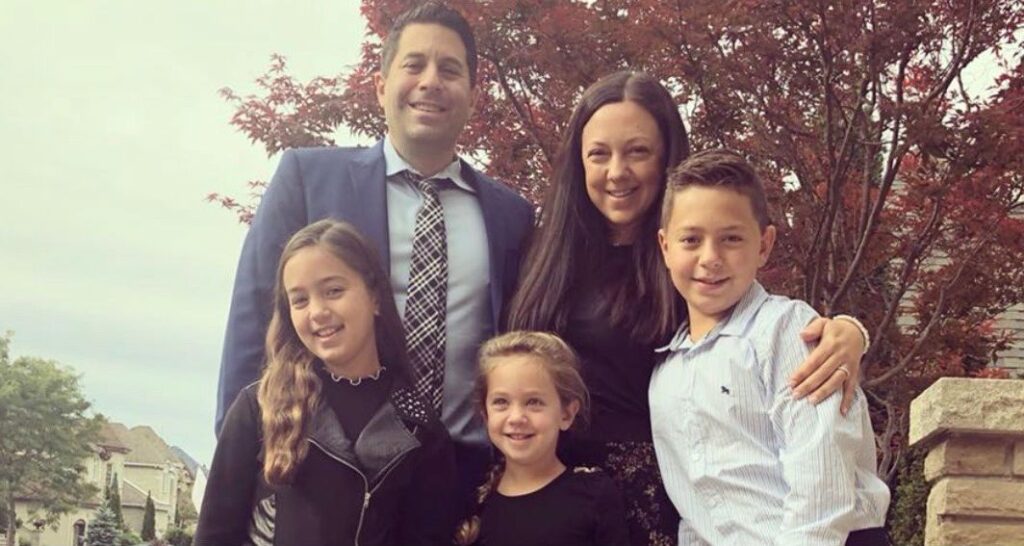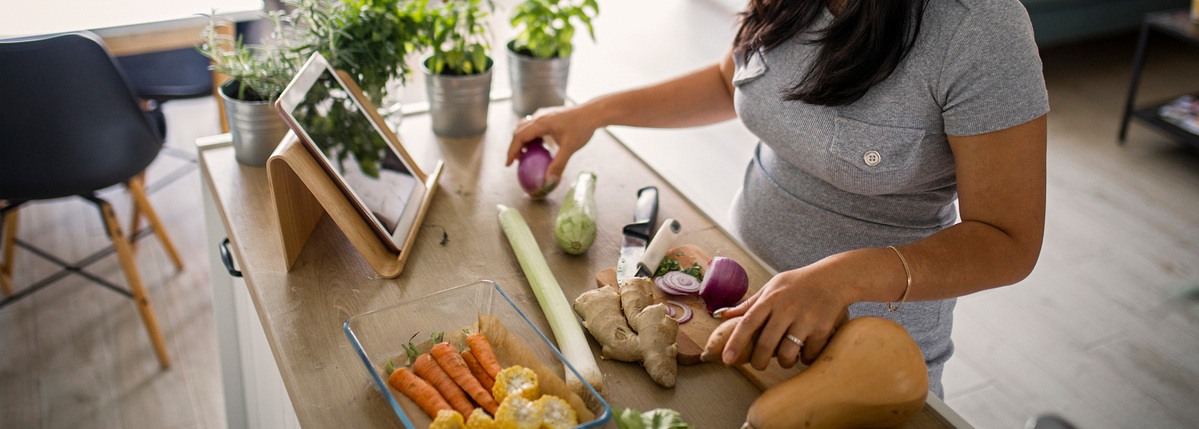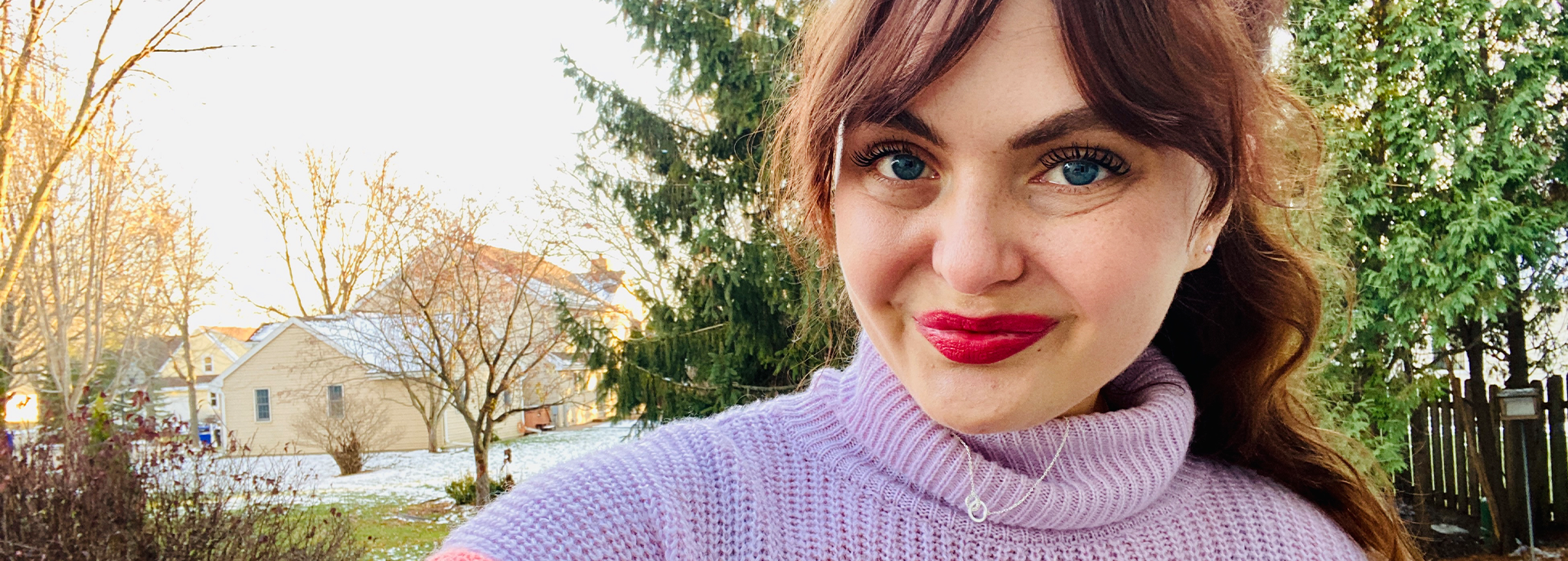My Type 1 Truth: Shedding Light on Diabulimia
Written by: Amy Hoffman
7 minute read
December 6, 2018
Editor’s Note: This blog post was originally published in Wise Women Canada.
As I pass the 20-year mark on my diabetic journey, I have come to a place of reflection on the reality of what I have been through. Before I begin with the personal side, I should shed some light on the disease I have come to know so intimately: Type 1 diabetes is an incurable, unpreventable, autoimmune disease where for some unknown reason the body’s own immune system attacks the insulin-producing cells of the pancreas.
Without insulin, the body has approximately one week to live. This means insulin dependency for life, via syringe or pump infusion.
Type 1 diabetes is not a lifestyle disease or something you can outgrow. I compare living with type 1 diabetes (T1D) to walking a tightrope—only you can never get off. Someone with T1D is constantly calculating, adjusting and taking into account every single move and decision that goes into a day. The condition demands meticulous planning to avoid life threatening situations. The complications associated with this disease are devastating; blindness, amputation, kidney failure, heart disease and death, just to name a few. Diabetes has the power to wreak havoc on literally every single part of the body. My journey however, has been one that even doctors, diabetic specialists and mainstream society may know nothing about. It is my goal to bring awareness and education to all of the those who don’t know about type 1 through the process of sharing my story.

At the age of 18, I was diagnosed with type 1 diabetes. At that point I was led to believe that aside from the addition of some dietary adjustments, daily injections and finger pricks, life would carry on as normal. As a teenager, the thought of getting used to injecting myself seemed impossible and the greatest challenge. Oh, how naive I was! Fast forward 20 years and I can say with all honestly, taking injections is the most simple and insignificant part of my day. This disease gives no days, minutes, or even seconds off. I wake up every day and face a multitude of challenges that are virtually invisible to everyone around me. They may see me inject here and there but that’s it. I often get questions like, “So you can’t eat cake?” or statements like, “But you look so healthy!” This all just reinforces my mission to spread awareness regarding this disease—it is just so misunderstood.
Being diagnosed at a time when adulthood and independence seemed only moments away was probably my biggest obstacle. I stand firm in the fact that there are probably so many young girls and boys diagnosed around the same age as me that have shared in my experiences but have never been flagged by any medical professional. It took nearly 20 years for a doctor to even give a name to what I had. In fact, I had actually named it myself before it was ever recognized as a disorder.
What I had quickly developed was something called Diabulimia, one of the most deadly forms of eating disorders that exists.
Imagine the most perfect diet. One where the more you eat, the more weight you lose. The only problem is, you’re dying. Unfortunately, at the age of 18, my top priorities were to be skinny, look good and fit in. I already had type 1 diabetes to set me apart and very soon I became aware of the ability I had to control my weight. As you may know, one of the symptoms of pre-diagnosed T1D is rapid weight loss. By withholding insulin and putting my body in a state of diabetic ketoacidosis (DKA), I was able to rapidly lose weight regardless of what I ate. In fact, the more I indulged, the more weight I would lose. I had many tricks. I would try to raise my blood sugars to dangerously high levels overnight. This would reduce the amount of time that I needed to be “functional” in this state. During the day, I would take enough insulin to survive. I constantly felt as though I was seconds from death. But I looked good. And the compliments were endless. To the outside world, I was thin and looking good. Everyone wanted to know my secret.
 The reality of the situation was that my body was dying. My blood was acidic, my organs were failing, my sight was worsening, my nerves were degenerating, and my life was slowly ending.
The reality of the situation was that my body was dying. My blood was acidic, my organs were failing, my sight was worsening, my nerves were degenerating, and my life was slowly ending.
When my body couldn’t function in DKA any longer, I would be admitted to the hospital—this would happen once a month. An IV would be administered to medically bring me back, but the problem was never addressed. My diabulimia was never flagged. My doctor would tell my mother that she would find me dead if things didn’t change, but the help wasn’t there for me, and I simply did not have the energy, nor the insight, to fight it alone. Inevitably, I lost a semester of school and spent much of my 20s in the hospital.
My story continues as I went through years of living on a rollercoaster ride, never catching a consistent break. My blood sugars would always fight me, they always wanted to go to the extreme, either end, high or low. They never worked with me or stayed put where they should be, no matter what I did. I would have good days and bad, but never a consistent run. In turn, this led to cataract surgery in both eyes at the age of 24, diabetic neuropathy in my eyes, nerve issues in my feet and kidney damage, not to mention other daily struggles and the overall mental impact. Diabetic complications are inevitable, and that was something I had to accept.
In my mid 20s, I made a commitment to prioritize my health. Although my blood sugars would still fluctuate a great deal, my health was far better than it had been. I got married at 25 and had my first baby at 27. Pregnancy was difficult to say the least, but I am proud to say that I was able to bring three healthy children into the world.
At the age of 34, my diabulimia decided to creep back in, but this time it was different. My life wasn’t just about me. I couldn’t structure my days based on how close to death I felt. I needed to be functional, and not only that, I needed to be a good mother. My children are my greatest accomplishment and my greatest joy and being a good mother to them was my biggest priority. I couldn’t be that person when I was sick. I was admitted to the eating disorders clinic at the Douglas in 2014.
Not one professional had heard of or understood diabulimia. I became the educator. I promised myself that when I got out I would make sure that no diabulimia case was ever overlooked again.
I can honestly say that the thought of withholding insulin for the purpose of weight loss has not entered my mind in over two years. However, that is not to say that it has been an easy road. I struggle daily. I have highs and lows daily. I deal with all that accompanies those daily interruptions. It’s my life and I do my best, but unfortunately, diabetes doesn’t really care if you are doing your best—it has a mind of its own. Being told at diagnosis that this disease is manageable if you only follow a few simple steps could not have been further from the truth. In fact, that statement is insulting to every single person with type 1 diabetes out there.
About one year ago, in the middle of the night, diabetes almost took my life. After living in DKA for years, and experiencing thousands of lows over the course of my diabetic journey, who would have thought that on a day where I did everything right, diabetes would try to kill me? I have had many overnight lows over the years. There have been more than I can count, but I have been fortunate, I have always woken up in time to treat them. This night didn’t seem any different. As per usual, I quietly headed downstairs to fix my low, not wanting to burden my husband. I soon realized that nothing was bringing my blood sugars back up. They were plummeting no matter what I did. This had never happened and I have had some pretty bad lows. I tried everything. Finally, I decided that it was time to try and call for help. As I tried to call out my husband’s name, no sound came out. I tried again but I was only getting weaker.
 I realized that this was a matter of life or death.
I realized that this was a matter of life or death.
I needed to get my husband downstairs or else. I called his name several times and tried to make noise. I had fallen to the floor, unconscious, but thankfully my husband must had heard me because when I came to, he was next to me. He started pouring sugar into my mouth, making sure it went under my tongue for quick absorption. I tried to speak, but all I could say was, “I’m dying.” I felt every part of me slip away. I felt the panic of my body shutting down, but could not do anything about it. I couldn’t help myself even though I knew exactly what was happening. I have never been more scared and more calm at the same time. Miraculously, I survived that night. I dodged yet another diabetic bullet.
I had always shielded my children from the reality of this disease. After that night, I decided that knowledge is power and perhaps could have the ability to save a life. I explained everything to my children after that night. My house is now equipped with glucagon, and I am equipped with the comfort that I don’t have to fight this disease alone.
So much of Type 1 diabetes is invisible. People don’t know the realities unless they are told. The struggle is real and education is key.
I have now come full circle. I am sticking to the promise I made to myself years ago and I am ready to share my fight publicly. I have started a business with many goals including raising funds, selling clothes and most importantly, educating and sharing my knowledge and experiences with type 1. I know that no two struggles are the same but every single one of us is fighting a battle. My business partner and I have chosen to the title The Hi/Low Project for many reasons. Highs and lows are part of everyday diabetic vocabulary but it doesn’t end there.
We know that everyone experiences highs and lows in their own way. Our battles don’t need to be kept a secret nor do they define us. Let’s celebrate our journey because we are ALL greater than our highs and lows.
I have discovered a massive network of warriors through social media and I have been overwhelmed by the support of those around me. I have learned that fighting a battle does not make you weak, it can actually make you stronger. T1D defined me for so long, in secret, but the secret is out and I couldn’t be more ready.

Author
Amy Hoffman
Amy Hoffman is a mom of three and a high school teacher by trade. After taking some time off to raise her kids, she has jumped two feet first into both the world of fashion and philanthropy. Having lived with type 1 diabetes for 20 years, she is using this new platform to share her story and break the stigma. You can follow her on Instagram @thehi.lowproject
Related Resources

We’re inundated with messaging about “mindfulness” in our culture. Sometimes it seems to refer to...
Read more

There is no doubt that food plays a crucial part in overall type 2 diabetes...
Read more

The start of a new year inspires many of us to re-evaluate our lives—our goals,...
Read more

